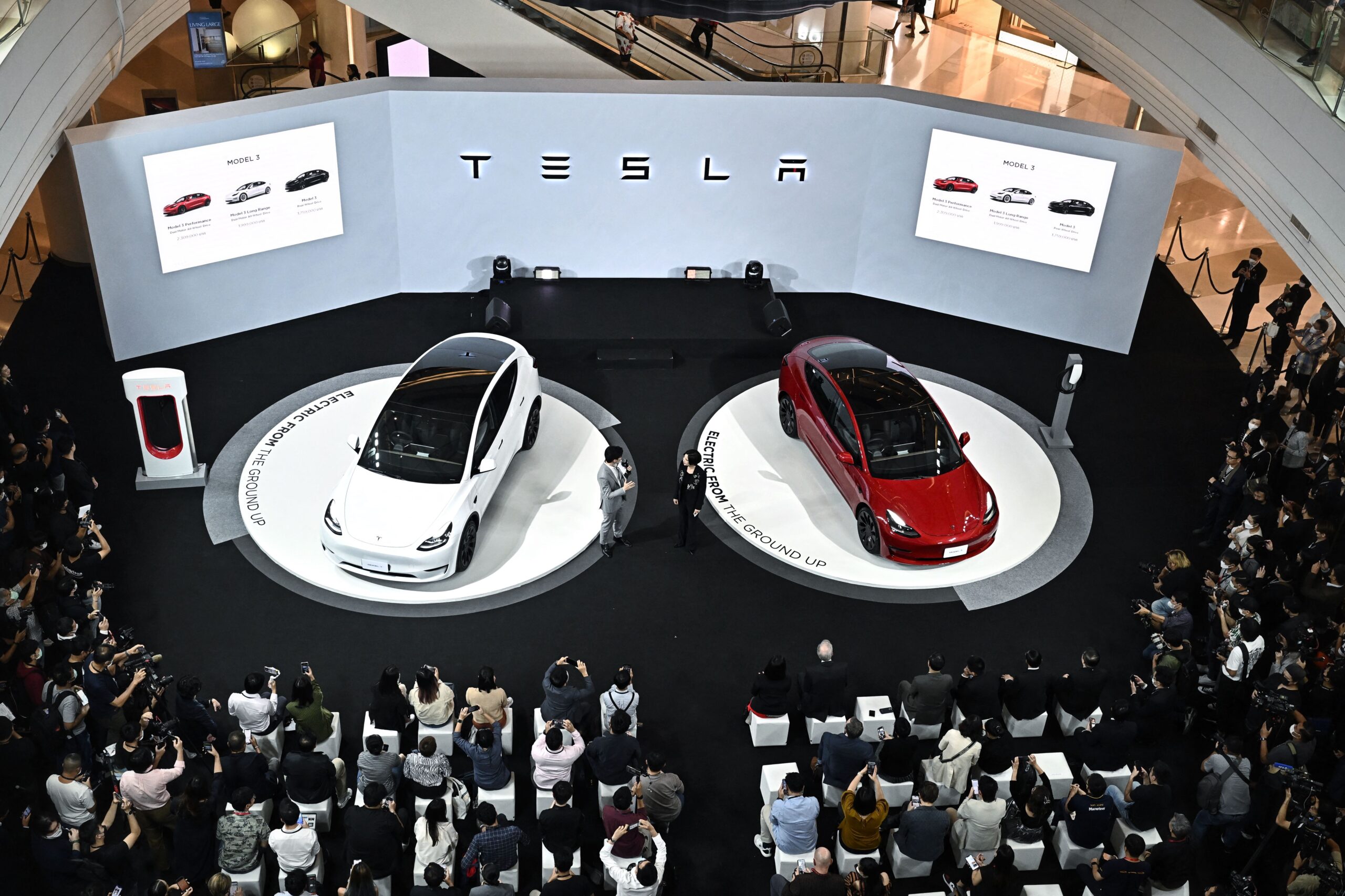Modifications made to the electric vehicle tax credit by 2022’s Inflation Reduction Act have left only ten EVs that qualify for that law’s full $7,500 tax break.
The Biden administration has made the promotion of electric vehicles a major pillar of its efforts to decarbonize the American economy. Earlier this month, the EPA announced new emissions restrictions with the explicit goal of driving EV production and sales — the administration is reportedly aiming to make two-thirds of all new car sales in the U.S. electric as early as 2032. The Inflation Reduction Act also contained billions of dollars in subsidies for the production of new EVs, in addition to revamping and extending the existing EV tax credit.
However, the majority of electric vehicles remain far more expensive than their gas-powered counterparts: according to Kelley Blue Book, the average new gas-powered car sold in the U.S. cost roughly $50,000, while the average cost of a new EV was over $61,000. The EV tax credit only applies to vehicles below a set price point: electric vans, SUVs, and pickup trucks must have a manufacturer-suggested retail price below $80,000, while sedans and passenger cars are capped at an MSRP of $55,000.
More than 20 car models met those criteria, but another limit on the tax credit stipulates that the automaker must source some of the car’s battery components and raw materials from the U.S. China, arguably America’s greatest geopolitical adversary, currently manufactures about 80% of the world’s lithium-ion batteries. That additional rule cut the list down to ten: The Chrysler Pacifica, the Ford F-150 Lightning, Chevrolet’s Bolt, Blazer, Silverado, and Equinox, the Cadillac Lyriq, the Lincoln Aviator Grand Touring, and the Tesla Model 3 and Model Y.
Car models that met the first rule but not the second were eligible for half of the EV tax credit, $3,750. Certain used EVs can also qualify for a non-refundable tax credit of up to $4,000.
High prices and a supply chain that is highly dependent on a hostile power are both significant obstacles toward widespread adoption of EVs, and despite aggressive pushes by the federal government and several states, fewer than 20% of consumers say they’re very likely to buy an EV the next time they purchase a car.
The environmental impact of electric vehicles is also a disputed issue. Some studies suggest that purchasing a used car may emit less carbon compared to manufacturing a new electric vehicle, while other studies suggest that the reduction in tailpipe emissions may offset the emissions required to make an EV within a few years — numerous variables, including the efficiency of different gas powered vehicles and the methods used to generate the electricity that powers the EV, come into play.
Furthermore, despite the numerous government subsidies and EVs’ higher prices, most automakers are losing money on their EV divisions and are only turning a profit because of the sales of their gas-powered vehicles — Ford expects to lose $3 billion on EVs in 2023, although it expects to turn a pre-tax profit of between $9-11 billion overall. EV’s currently account for about 6% of all auto sales in the United States.
CLICK HERE TO GET THE DAILY WIRE APP
“We believe no U.S. automaker is making EVs profitably aside from Tesla,” CFRA Research analyst Garrett Nelson wrote, noting that “EVs are likely to be a material drag on near- and intermediate-term earnings.”
Tesla recently made headlines for dropping the starting price for its best-seller, the Model Y, below the average price of a new car.

